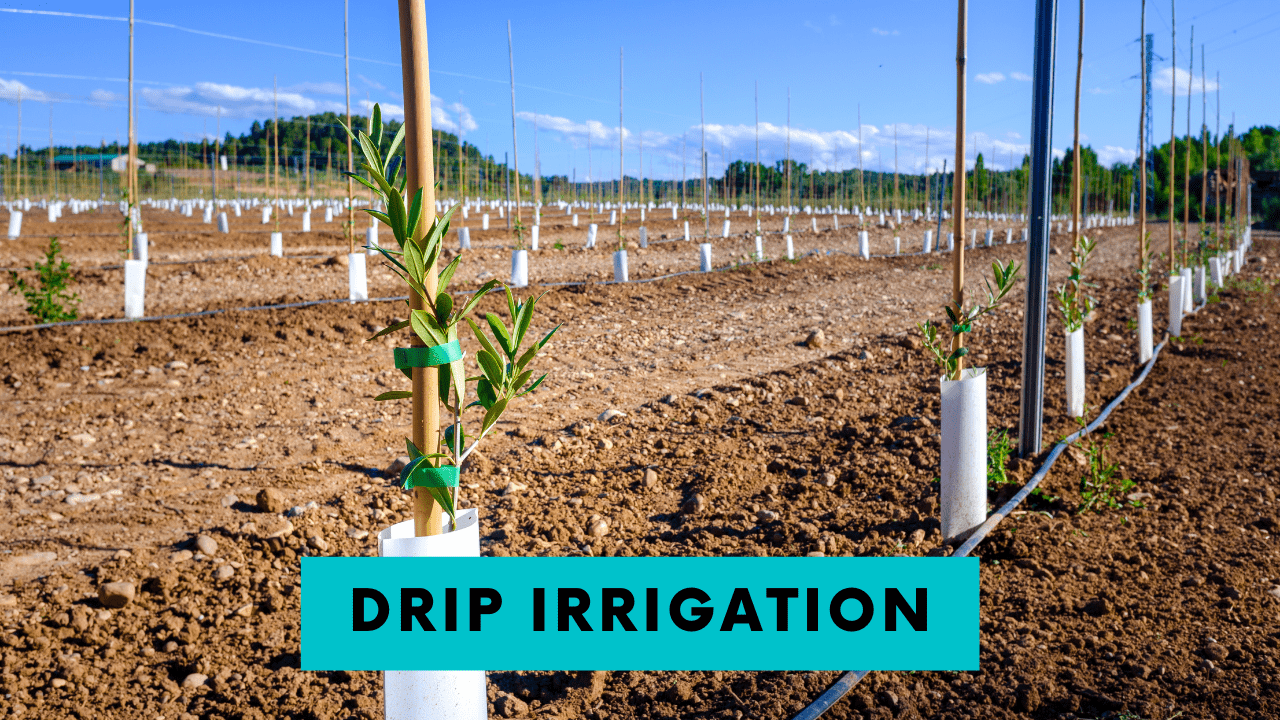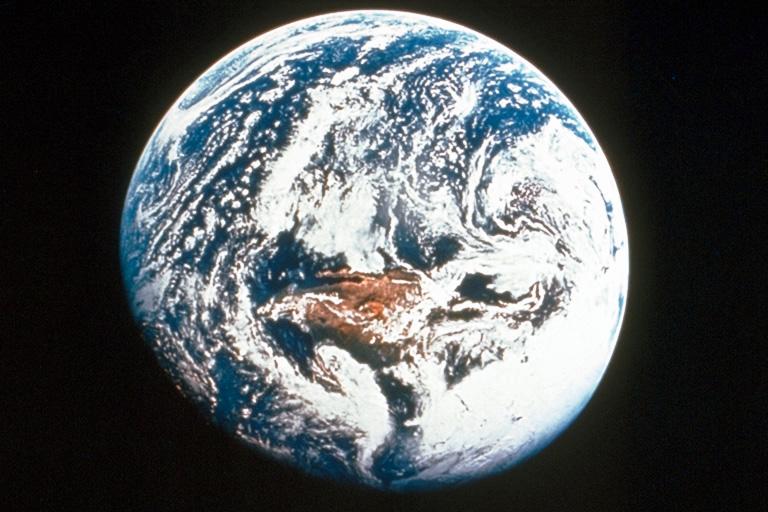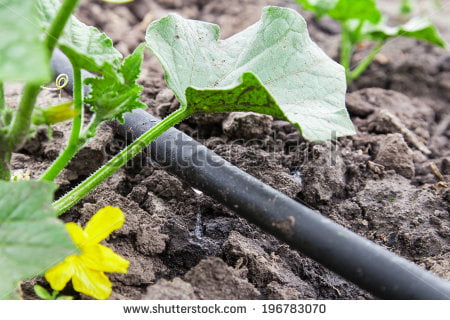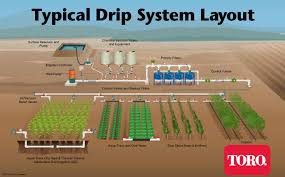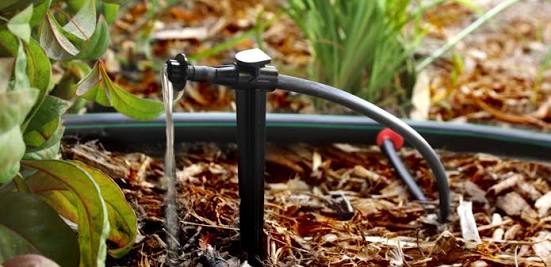Table of Contents
1. INTRODUCTION
Irrigation may be defined as the process of supplying water to land by artificial means for the purpose of cultivation. Ordinarily water is supplied to land by nature through rain but generally it is not enough for the proper growth of plants. As such as the basic objective of irrigation is to supplement the natural supply of water to land so as to obtain the an optimum yield from the crop grown on the land.
In order to achieve this objective of irrigation, an irrigation system is required to developed, which involves planning, designing, construction, operation and maintenance of various irrigation works viz, a source of water supply, a distribution system for carrying water from the source to the agricultural land and its application on the land, and various other associated works.The factors which neccessitate irrigation are:
- Inadequate rainfall
- Uneven distribution of rainfall
- Growing a number of crops during a year
- Growing superior crops
2. IRRIGATION
- Irrigation is the watering of land by artificial methods.
- Irrigation is used chiefly in three types of climate.
- In desert regions (Egypt, Southwestern US)
- In regions of seasonal rainfall (Australia, India)
- In moist regions (New Zealand western Europe)
Why Irrigation?
Water scarcity
- The percentage of area occupied by water compared to land is 79%.
- The amount of fresh water is only 4%.
Agriculture
- The backbone of our country’s economy.
The prime requirement of agriculture is irrigation.
SOURCES OF IRRIGATION
- Surface water
- Such as in streams, rivers, and lakes.
- Chief source of water used for irrigation.
- Ground water
- Stored beneath the earth’s surface in spaces between rocks, grains of sand, and othersubstancesin soil.
Other sources
- Farmers use water from sewage treatment plants.
3. What is Drip Irrigation?
Drip irrigation, also known as trickle irrigation or micro irrigation or localized irrigation, is an irrigation method that saves water and fertilizer by allowing water to drip slowly to the roots of plants, either onto the soil surface or directly onto the root zone, through a network of valves, pipes, tubing, and emitters. It is done through narrow tubes that deliver water directly to the base of the plant.
Why should I use drip irrigation?
Drip irrigation saves water because little is lost to runoff or evaporation.
This watering method also promotes healthy plant growth, controls weed growth, and reduces pest problems
METHODS OF IRRIGATION
Irrigation methods are commonly designated according to the manner in which water is applied to the land to be irrigated.
Surface Irrigation Methods
The water is applied by spreading in it sheets or small streams on the land to be irrigated.These methods are adopted for perennial irrigation system.
Sprinkler Irrigation Methods
The irrigation water is applied to the land in the form of spray, somewhat as in ordinary rain.It can be used for all the crops except rice and jute and for almost all soils except very heavy soils with very low filtration rates.
Sub-Surface Irrigation Methods
The water is applied below the ground surface so that it is supplied directly to the root zone of the plants.The main advantages of these methods are that the evaporation losses are considerably reduced and the hindrance caused to cultivation by the presence of borders, pipes and field channels in the other methods of irrigation is eliminated.

4. SYSTEM COMPONENTS
A drip irrigation system has six major components



4. Valves or gauges
5. Chemical injector
6. Controller
5. TECHNICAL ASPECTS
-
- Design parameters
Area to be irrigated
Peak water requirement
Design of main and lateral drip lines
Hydro geological considerations
Horse power of pump
Unit cost
DRIP IRRIGATION SYSTEM DESIGN
- Amount of water to supply.
Q= Cu * A * c …1
Q = discharge rate per plant.
Cu= consumptive use rate mm/day
A = area in square meters.
c = area of plant projected on ground.
- Spacing of emitters to maintain horizontal flow of water.
6. AN AUTOMATED AND CONTROLLED DRIP IRRIGATION SYSTEM
7. SUCCESS OF DRIP IRRIGATION IN INDIA
- The system was introduced in the 1970s
- Standardized and popularized among farmers during the 1980s.
- While the coverage grew from 1500 ha to 25000 ha to the present days.
- A labor saving up to 50 to 60%.
- 30% of fertilizer saving has been achieved.
8. ADVANTAGES
Reduced water use
Because drip irrigation brings the water to the plant root zone and does not wet the entire field, drip irrigation typically requires half to a quarter of the volume of water required by comparable overhead-irrigation systems.
Joint management of irrigation and Fertilization
Drip irrigation can improve the efficiency of both water and fertilizer. Precise
Application of nutrients is possible using drip irrigation. Hence, fertilizer costs and soluble nutrient losses may be reduced with drip irrigation. Nutrient applications may also be better timed to meet plant needs.
Reduced pest problems
Weed and diseaseproblems may be reduced because drip irrigation does not wet the row middles or the foliage of the crops as does overhead irrigation.
Simplicity
Polyvinyl chloride (pvc) and polyethylene parts are widely available in several diameters and are easy to assemble. Many customized, easy-to-install connectors, endcaps, and couplers are available in different diameters. Cutting and gluing allows for timely repairs.
Low pumping needs
Drip systems require low operating pressure (20-25 psi at field entrance, 10-12 psi at the drip tape) compared to overhead systems (50-80 psi). Many existing small pumps and wells may be used to adequately irrigate small acreage using drip systems.
Automation
Drip-irrigation application may be simply managed and programmed with an AC- or battery-powered controller, thereby reducing labor cost.
Adaptation
Drip systems are adaptable to oddly shaped fields or those with uneven topography
or soil texture, thereby eliminating the underutilized or non-cropped corners and maximizing the use of available land.
Production advantages
Combined with raised beds, polyethylene mulch, and transplants, drip irrigation enhances earliness and crop uniformity. Using polyethylene mulch also increases the
Cleanliness of harvested products and reduces the risk of contamination with soil-born pathogens. Reflective mulches further help reduce the incidence of viral diseases by affecting insect vectors, such as thrips, whiteflies or aphids.
9. DISADVANTAGES
Drip irrigation requires an economic Investment
Drip-irrigation systems typically cost $500 – $1,200 or more per acre .Part of the cost is a capital investment useful for several years, and another part is due to the annual cost of disposable parts. Growers new to drip irrigation should start with a relatively simple system on a small acreage before moving to a larger system.
Drip irrigation requires maintenance and high-quality water
Once emitters are clogged or the tape is damaged, the tape must be replaced. Water
dripping from an emitter and the subsequent wetting pattern are hard to see, which makes it difficult to know if the system is working properly. Proper management of drip irrigation requires a learning period.
Water-application pattern must match planting pattern
If emitter spacing (too far apart) does not match the planting pattern, root development may be restricted and/or plants may die.
Safety
Drip tubing may be lifted by wind or may be displaced by animals unless the drip tape is covered with mulch, fastened with wire anchor pins,or lightly covered with soil.
Leak repair
Drip lines can be easily cut or damaged by other farming operations, such as tilling, transplanting, or manual weeding with a hoe. Damage to drip tape caused by insects, rodents or birds may create large leaks that also require repair.
CONCLUSIONS
Drip irrigation is a latest sub-surface method of irrigating water with higher water demands in arid region. It may not be applicable to all farms. Yet, when properly designed, installed and managed, drip irrigation may help achieve water conservation by reducing evaporation and deep drainage when compared to other types of irrigation such as flood or overhead sprinklers since water can be more precisely applied to the plant roots. In addition, drip can eliminate many diseases that are spread through water contact with the foliage. It also results reduced energy costs.
IMAGES

